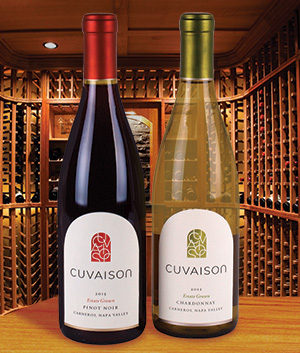 Mean, Green,
Mean, Green,
Winemaking Machine
Established in 1969, Cuvaison (French for maceration, the period of time grape juice spends in contact with the skins and seeds) is an estate vineyard and winery that produces primarily Chardonnay and Pinot Noir, both grown exclusively in the Carneros AVA on the northern end of both Sonoma and Napa. When the winery was founded, the Carneros region was little known for grape growing, and much of the acreage was pastureland. But, the area’s cool bay breezes and frequent fog are ideal for wine, and it is now home to thirty-one wineries and an equal number of growers.
Cuvaison is certified sustainable under the Napa Green designation, meaning they have been recognized for their work in reducing the impact on the environment. The winery is 85% solar powered; they have invested in a water recirculation/conservation program (quite critical as California often suffers from severe drought); and they started a cork recycling program where wine club members and neighboring wineries bring their popped corks to be ground for repurposing.
Steve Rogstad, yet another graduate of UC Davis’ viticulture and enology program, has been winemaker since 2002. While working on a six-month post-graduate internship in Beaujolais, Steve discovered that, “Working with just one varietal and tasting fifty different wines from one region, I really started to understand the concept of terroir. It made an impression that lasts to this day.” The experience also taught Rogstad how to isolate and work with small wine lots, a practice that is at the core of his winemaking philosophy. In addition to Cuvaison, Rogstad has worked at such well-known wineries as La Crema, Saintsbury, Rombauer, Spring Mountain, and Clos Pegase.
Cuvaison Estate Chardonnay 2012
This Chardonnay is over half of Cuvaison’s yearly production, so a lot is riding on what’s in the bottle. 20% of this Chard saw new French oak for eight months. There was about 60% malolactic conversion, but it is not overly buttery or lacking in varietal characteristics. It presents a pale yellow in the glass, understating the fulsomeness to come. On the nose, you are greeted with aromas of honeysuckle, honeydew melon, and sweet citrus. These continue on the well-balanced palate, plus the addition of crisp stone fruit such as white peach, apricot, and nectarine.This is supported by a nice lemon/lime acidity.
Enjoy this wine with Smoked Shellfish Quesadillas with Fresh Corn Salsa, Cool Honeydew-Mint Soup, or Shrimp Kabobs with Lemons and Bay Leaves.
Cuvaison Estate Pinot Noir 2013
This Pinot Noir is classically transparent ruby in the glass. It features a light, silky mouthfeel, and the nose offers subtle hints of grass, green herbs, and berries. The palate bursts with raspberry, strawberry, fresh cherry, and cola. These flavors are complemented with balanced acidity and round, understated tannins.
This wine would pair nicely with Tomato and Onion Tart, Summer Vegetable Calzone, or Nut-Crusted Trout with Romesco Sauce.
Top of page: https://winervana.com/blog/


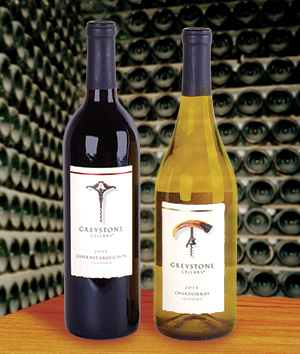
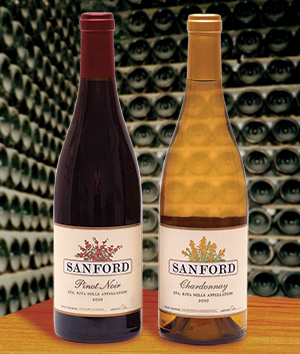
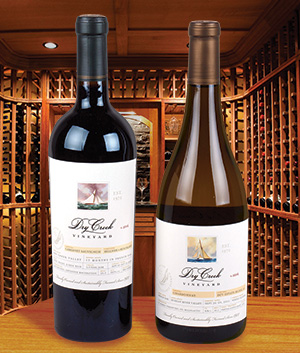 Come Sail Away
Come Sail Away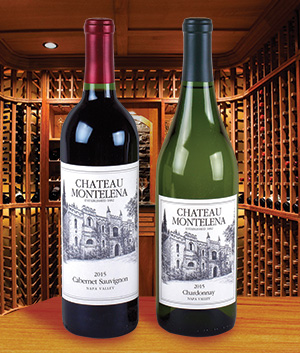 Can’t Keep ‘em Down on the Farm After They’ve Seen Puhree
Can’t Keep ‘em Down on the Farm After They’ve Seen Puhree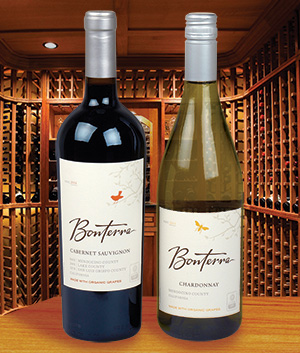 Bonterra Vineyards has been a pioneer in organic farming in California. The vines were planted in 1987, and the first wines were released in 1992, long before organic products were widely available in America. Bonterra believes that organic grapes produce the purest expressions of the varietals and land on which they are farmed.
Bonterra Vineyards has been a pioneer in organic farming in California. The vines were planted in 1987, and the first wines were released in 1992, long before organic products were widely available in America. Bonterra believes that organic grapes produce the purest expressions of the varietals and land on which they are farmed.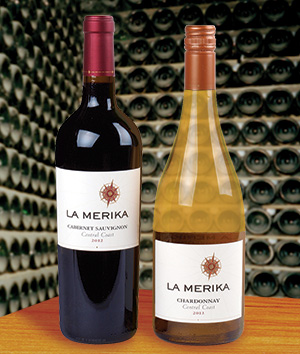 I Took a Trip Down to
I Took a Trip Down to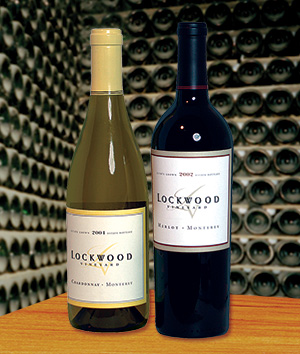
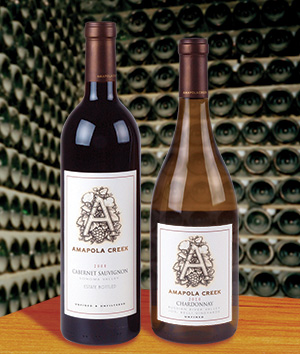 After a legendary career of over 45 years toiling in the vineyards of Sonoma County, Richard Arrowood opened his final winery, Amapola Creek, in 2005. Amapola is Spanish for “poppy,” and the creek that bears the name runs through the estate. When in bloom, the golden poppies line the creek and offer a lovely sight with the vineyards and mountains in the background.
After a legendary career of over 45 years toiling in the vineyards of Sonoma County, Richard Arrowood opened his final winery, Amapola Creek, in 2005. Amapola is Spanish for “poppy,” and the creek that bears the name runs through the estate. When in bloom, the golden poppies line the creek and offer a lovely sight with the vineyards and mountains in the background.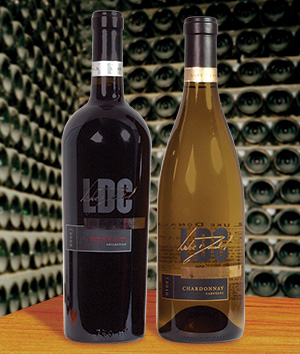 The Donald
The Donald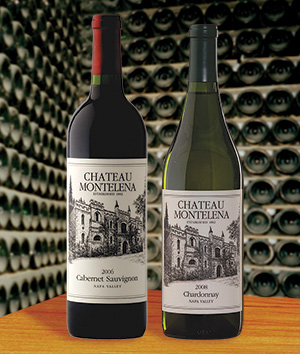 An American in Paris
An American in Paris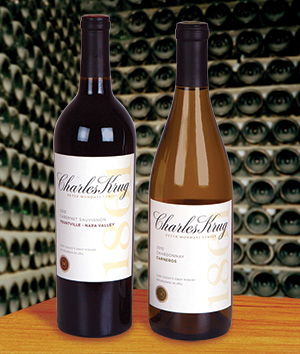
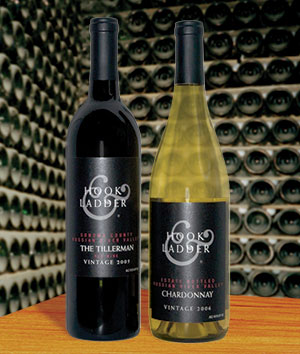 C’mon Baby, Light My Fire
C’mon Baby, Light My Fire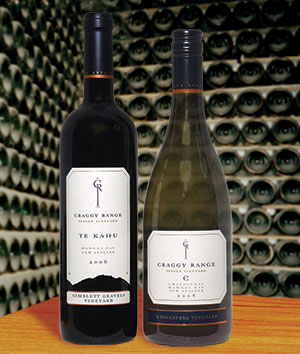 Wines from the Wasteland
Wines from the Wasteland